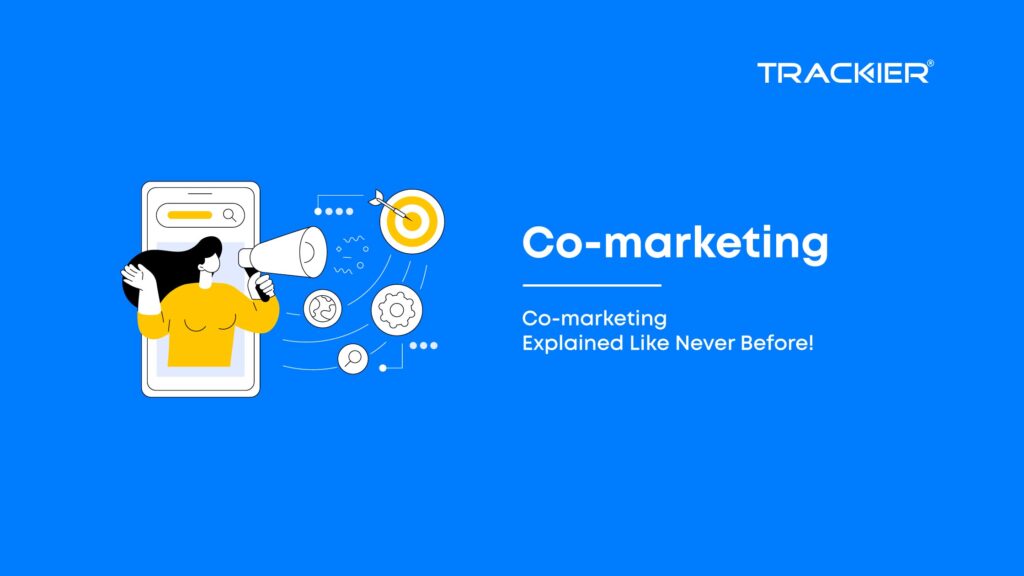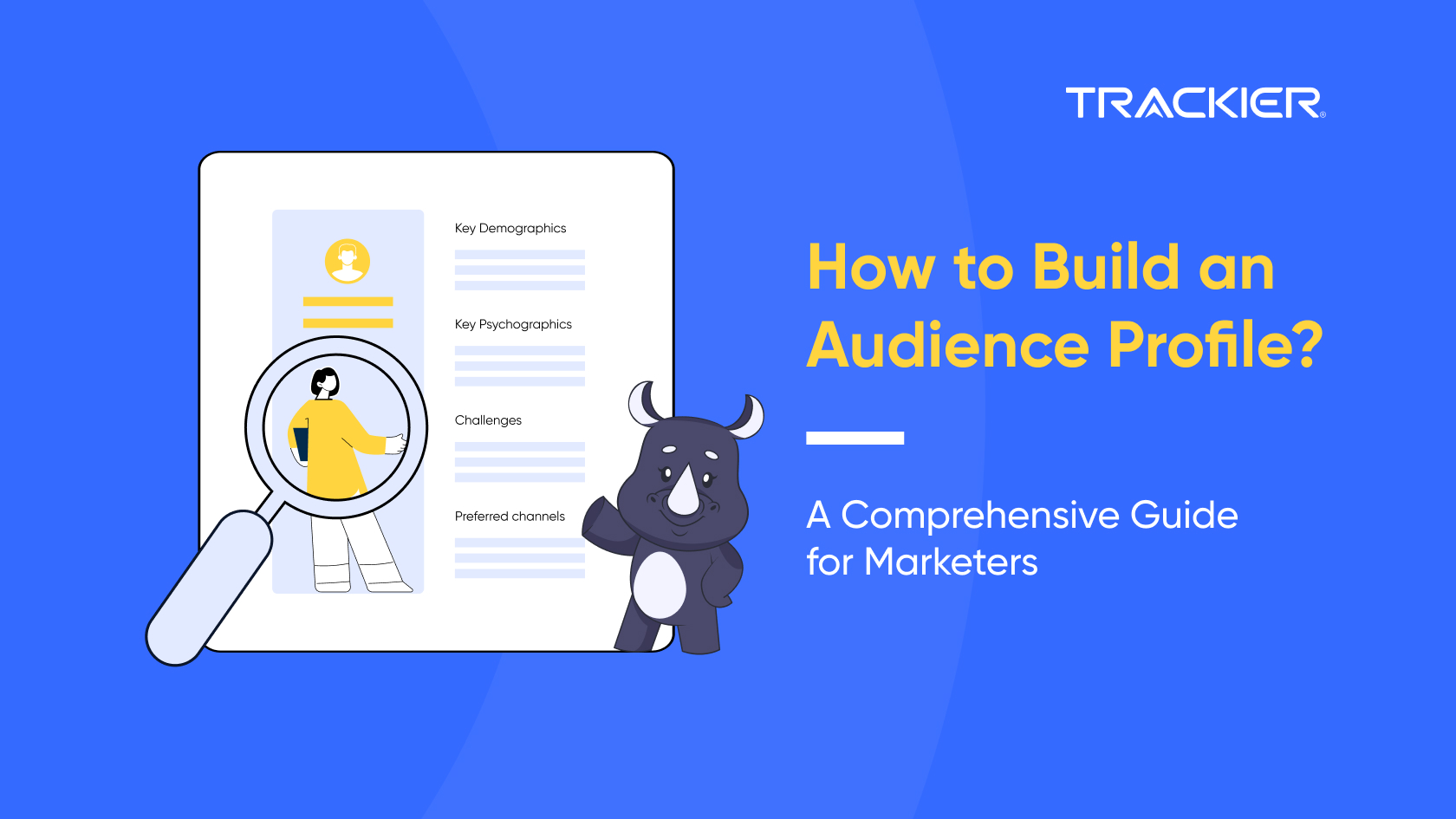As a marketer or a salesperson, you would always look to improve the presence of your brand or try to increase your sales. Some of you might start with the idea of a referral program while the rest may seek paid promotion ideas. However, due to this rapid shift in behaviour among customers in the new net-oriented society, co-marketing is the tool through which brands are rapidly growing in bulk.
But what exactly is co-marketing? Don’t worry; we’ve got all this covered for you. Just keep reading this blog until the very end, and learn everything you ever needed to know about co-marketing.

What is Co-Marketing, and How Does it Differ from Co-Branding?
Co-marketing, sometimes referred to as partnership marketing, is a dynamic cooperative strategy in which two or more companies collaborate to market each other’s products or services to their respective customer bases. Unlike co-branding, where the brands are merged to form an identity of their own, co-marketing will maintain the identities of both distinct brands while creating cooperation in joint marketing initiatives.
The Importance of Co-Marketing in 2024
In this ever-changing scenario of consumer behaviour and the digital landscape, co-marketing has taken on increasing importance. As marketing messages continually bombard the individual business, cutting through the noise is increasingly challenging. Co-marketing in 2024 offers brands access to new audiences through credibility, due to association with collaborative partners.
Benefits of Co-Marketing
- Greater Exposure: By collaborating with another brand, exposure increases, but demographics that could not be easily accessed otherwise become possible.
- Economies of Scale: By sharing expenses, co-marketing is cheaper not only in producing high-quality content but also in running campaigns that could have proven cost-prohibitive otherwise.
- Diversified Audiences: – Team up with similar brands, and diversify the customers to reach into previously unexploited markets. That would also bring a significant rise in the market share.
- More Widespread Coverage: – Shared marketing can add visibility while bringing in more engaged viewers through an endorsement by a reputable partner.
- Cost Savings: – Shared expenses lead to cost savings not only in campaign creation but also in accessing new technologies and tools that can benefit both partners.
- Increased Brand Awareness: – Co-marketing not only contributes to heightened brand awareness but also establishes both collaborating businesses as industry leaders, reinforcing their position in consumers’ minds.
- Building Relationships: – Co-marketing on common marketing objectives not only creates trust and cooperation but can also result in long-term strategic partnerships, beyond the campaign.
Disadvantages of Co-Marketing:
- Risk of Conflict: – Conflicts may arise if there is no agreement on the terms of the co-marketing campaign. Well-defined roles and expectations are important to avoid this risk.
- Difficult Measurement: – It is difficult to measure the outcome of a co-marketing campaign, and therefore, it becomes challenging to determine the contributing factors. KPIs must be established beforehand.
- Brand Alignment: – Finding a compatible partner is important to avoid messaging inconsistencies and customer confusion. Thorough market research and alignment discussions are necessary.
- Resource Allocation: Co-marketing takes time and resources to manage and execute a campaign with co-marketing partners. Efficient project management and proper communication are two important factors for overcoming this issue.
- Dependence on Partner: The risk lies in being highly dependent on the co-marketing partner. Building contingency plans and maintaining some amount of independence over marketing efforts is crucial.
- Conflict of Interest: – Conflicts may arise if partners have differing priorities or if one brand gains more from the collaboration than the other. Clearly defined goals and expectations can help prevent this.
- Quality Control: – Maintaining consistent quality and messaging becomes challenging when multiple parties are involved. Strict brand guidelines and continuous communication are crucial to address this concern.
- Legal and Regulatory Compliance: – Co-marketing agreements need to comply with legal and regulatory requirements. The legal reviews and updates must be done regularly so that potential complications are avoided.
- Competitive Concerns: – Co-marketing agreements involving competing products or services may cause a conflict of interest. Clear boundaries and communication channels help to resolve competitive concerns.
Role of Trackier in Successful Co-Marketing Collaborations
As an organization, Trackier emphasizes the importance of strategic collaboration by acknowledging the crucial role of partnership marketing in 2024. Leverage Trackier’s performance marketing software to become a business asset, offering the tools to navigate challenges, meticulous partner selection to clear legal agreements and fostering ongoing communication. Using Trackier performance marketing software ensures that businesses can embark on successful collaborations aligned with their strategic goals in the dynamic landscape of partnership marketing.
Conclusion
These days, businesses are investing more in Co-marketing or performance marketing. We have covered all the reasons behind this shift in this blog of ours. However, if you still have any questions or queries feel free to reach out to us. We would be more than happy to help you all.







